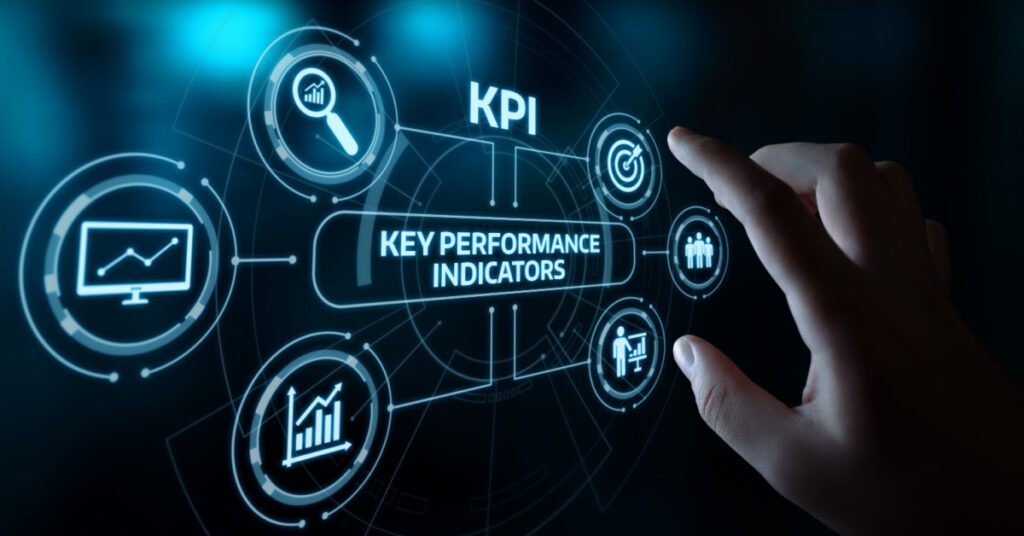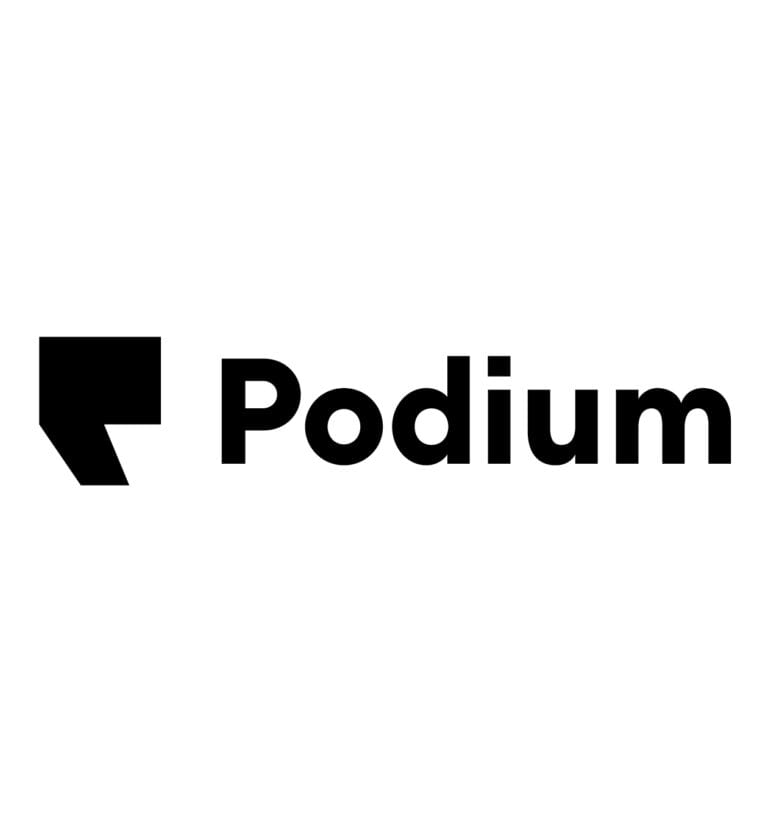Average Transaction Value (ATV)
A sales key performance indicators (KPIs) used to measure the sales process’s effectiveness and the store’s team is Average Transaction Value (ATV) or Average Order Value (AOV) in eCommerce. With a talented and experienced sales team on the floor, businesses can unlock greater Average Transaction Values (ATV). This measurement plays an integral role when coupled with other benchmarks, such as Units per Transaction and Conversion Rates monitored daily by store/eCommerce managers through comprehensive reporting.
ATV = Sales ÷ No. of Transactions
For example, a store generated sales of $600,000 during January, with a total of 300 transactions.
ATV For the Month of January = $600,000 ÷ 300 = $2,000
The Importance of Average Transaction Value
1. Evaluating Performance
Knowing your Average Transaction Value gives you an insightful measure of the performance and efficiency of both your sales process and team. It’s a key metric to set targets for, monitor progress towards, and encourage success among all sales force members.
Tracking your KPI provides invaluable insight into how best practices and process tweaks can boost sales. One example is investing in a training program for the team, where changes in ATV afterward clearly demonstrate its effectiveness as an investment.
2. Improving Profits
In home furnishings, fixed costs can take up many profits. Fortunately, there is an easy calculation to improve your store’s ATV and increase overall sales: maximizing value from existing customers! You’ve already used marketing efforts to draw shoppers in – it’s time for those investments to pay off by enriching each customer experience through strategic ATV improvements.
3. Factors Affecting Average Transaction Value
Average Transaction Value and Average Order Value can be difficult to gauge due to the broad range of influences that distinguish one business from another. Consequently, benchmarking these KPIs is a complex task.
Average Selling Price – Businesses sell different types of products at various price levels—high-ticket items, such as electronics or furniture, and low-price items, such as accessories. The average store price will affect the ATV/AOV and should be considered.
Units Per Transactions – To increase Average Transaction Value, a strategy that you can leverage is to enhance cross-selling efforts and ultimately drive up the Units per Transaction. Doing so will boost overall sales performance in addition to transaction values.
Units Per Transaction (UPT)
Units per Transaction, also known as Items per Customer (IPC), is a KPI used to measure the success of sales teams and stores. Calculated daily by retailers, UPT provides insight into how well shoppers respond to offers and events while delivering valuable information to optimize future campaigns. By monitoring this metric in detail alongside Average Transaction Value (ATV) & conversion rates, businesses can get an accurate picture of their performance – enabling them to make data-driven decisions regarding achieving results.
Units per Transaction (UPT) is calculated by dividing the total number of units sold by the total number of transactions for the same time (day, month, year, etc..)
Units per Transaction (UPT) = No. Of Units Sold ÷ No. of Transactions
For example, in February, the store sold 1210 pieces of merchandise and had 345 transactions for the same month.
UPT for February = 1210 ÷ 345 = 3.5
Concluding that, on average, each customer bought 3.5 units from the store that month.
The importance of Units Per Transaction
1. Measuring Markdown Effectiveness
Evaluating UPT is a key metric to measure the success of sales and markdown events. By closely monitoring this KPI during discount periods, management can gauge whether customers respond positively to price reductions or new merchandising efforts. With an understanding of how well inventory moves at sale prices, stores can also ensure they’re meeting their objective: clearing stock without losing profit margins.
2. KPI For the Store Team
As a store manager, UPT is an essential KPI to track performance and measure success. By achieving higher targets for Upsells & Promotions Transactions (UPT), it showcases the team’s ability to help customers seize great deals from your store and improve overall sales figures! To further reward successful efforts of upselling/promoting items in-store, many retailers hold IPC/UPT Competitions that encourage teams to exceed their goals.
It can also indicate good visual merchandising at this store by highlighting products that encourage customers to buy different items together or whole room groupings.
3. Improving Sales
One of the many ways to capitalize on existing traffic and increase sales without spending more on marketing is simply working on improving UPT.
4. How to Increase UPT?
Units per Transaction (UPT) can be increased with the following:
- Bundle Offers (e.g., Buy 2 Get 1 Free) and discounts
- Cross-Selling
- Add-ons
- Visual merchandising techniques
- Hiring Skilled Salespeople
- Conducting UPT Competition Among Stores
Conversion Rate
Maximize your profits without sacrificing budget or margins by improving the conversion rate in your store! By considering how many people purchase from you out of all those who visit, you can better understand what will help increase sales and make more efficient use of marketing dollars.
Conversion Rate = no. of transactions ÷ traffic x 100
For example, if 400 people enter your store and 40 people buy.
Conversion rate will be 40 ÷ 400 x 100 = 10%
You will be impressed by how much a one-point conversion rate increase can add to your top line.
Sales = traffic x conversion x average transaction value (ATV)
To clarify the situation, let’s consider a hypothetical example in which traffic and ATVs remain constant.
Traffic x conversion x ATV = Sales
500 x 20% x $2,000 = $200,000
300 x 21% x 200$ = $210,000
How to Increase Conversion Rate in Retail?
The conversion rate in retail and eCommerce is directly tied to customer satisfaction. If people can find what they’re looking for, their shopping experience will likely end with a purchase. To address this issue and increase conversion rates, pinpointing the areas where customers are not finding inspiration is key – allowing retailers to bridge those gaps through targeted solutions.
1. Improving Product Knowledge
A successful sales team has the power to drive conversion rates up! Keeping your staff well-versed in their products means they can identify available alternatives for customers when requested items are out of stock. A knowledgeable sales member helps build confidence, enabling smooth navigation toward purchasing other options and closing higher numbers of deals.
2. Hiring the Right Salespeople
Maximizing sales and conversions requires finely tuned expertise – the right salespeople. Furnishing customers with personalized solutions is often challenging, but skilled personnel can find successful avenues to offer possible resolutions that overcome friction in the selling process. Even if leads are dispersed among staff members evenly, those who capture a higher conversion rate likely do so because of their persuasive negotiating ability. Having professionals on your team increases success throughout every facet of customer transactions!
3. Changing Store Layout & Navigation
A customer’s shopping experience is crucial to their purchase likelihood. Clear in-store navigation signs could effectively improve the process, increase sales, and ensure customers can find your products quickly and easily. Additionally, when considering store layouts online or in physical stores, it’s essential to optimize the overall journey from browsing categories efficiently to eventually selecting items with relevant filters like size/color rather than focusing on aesthetics only.
4. Avoiding Analysis Paralysis
With an abundance of choice often comes hesitation – research has revealed that customers can be easily overwhelmed by too many product options and, as a result, are less likely to complete their purchase. By following the 80/20 Rule, you can ensure consistent sales: 20% percent of your products will give you back up to 80% profits! It is essential to analyze your current selling patterns carefully to refine buying decisions accordingly to guarantee success for both customer satisfaction and commercial objectives.
5. Capturing Missed Opportunities
Make sure you are capturing every potential sales opportunity – by having a system in place to recognize items that customers couldn’t find and then doing your best to make those products available later on. You will increase not only customer satisfaction but also boost conversion rates. You can find this out for eCommerce by analyzing customer search behavior – both on their platform and off. By understanding the keywords, customers utilize when looking for products, they have a much better chance of stocking items that will improve conversions and increase traffic through more relevant product offerings. Brick & mortar locations should also observe consumer inquiries to identify missed opportunities; documenting requests from multiple storefronts is an efficient way for merchants to pinpoint high-demand goods, which could be beneficial investments in inventory.
6. Implementing Easier, Faster Checkout
Many customers will leave the store, despite needing the product, if they find out they will have to wait too long to check out. The same applies to e-commerce. Make your checkout page simple & fast and highlight payment methods that people prefer & trust. Also, consider guest checkout if it will work for you.
Retail is a numbers game! You will find, over & over again, that tweaking just a single variable in your conversion, Average Transaction Value (ATV), and Units Per Transaction (UPV) will improve your sales performance and increase profitability.










